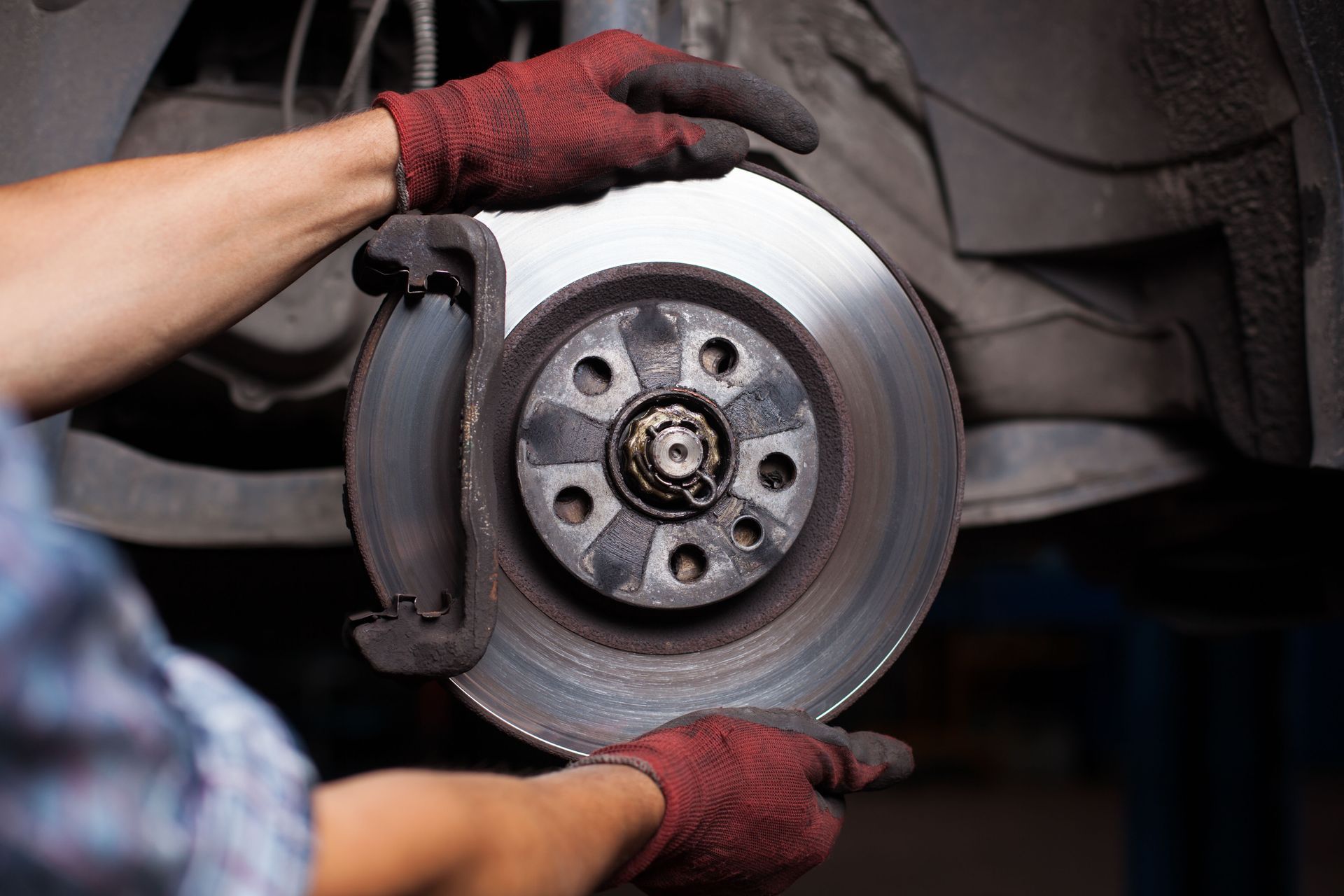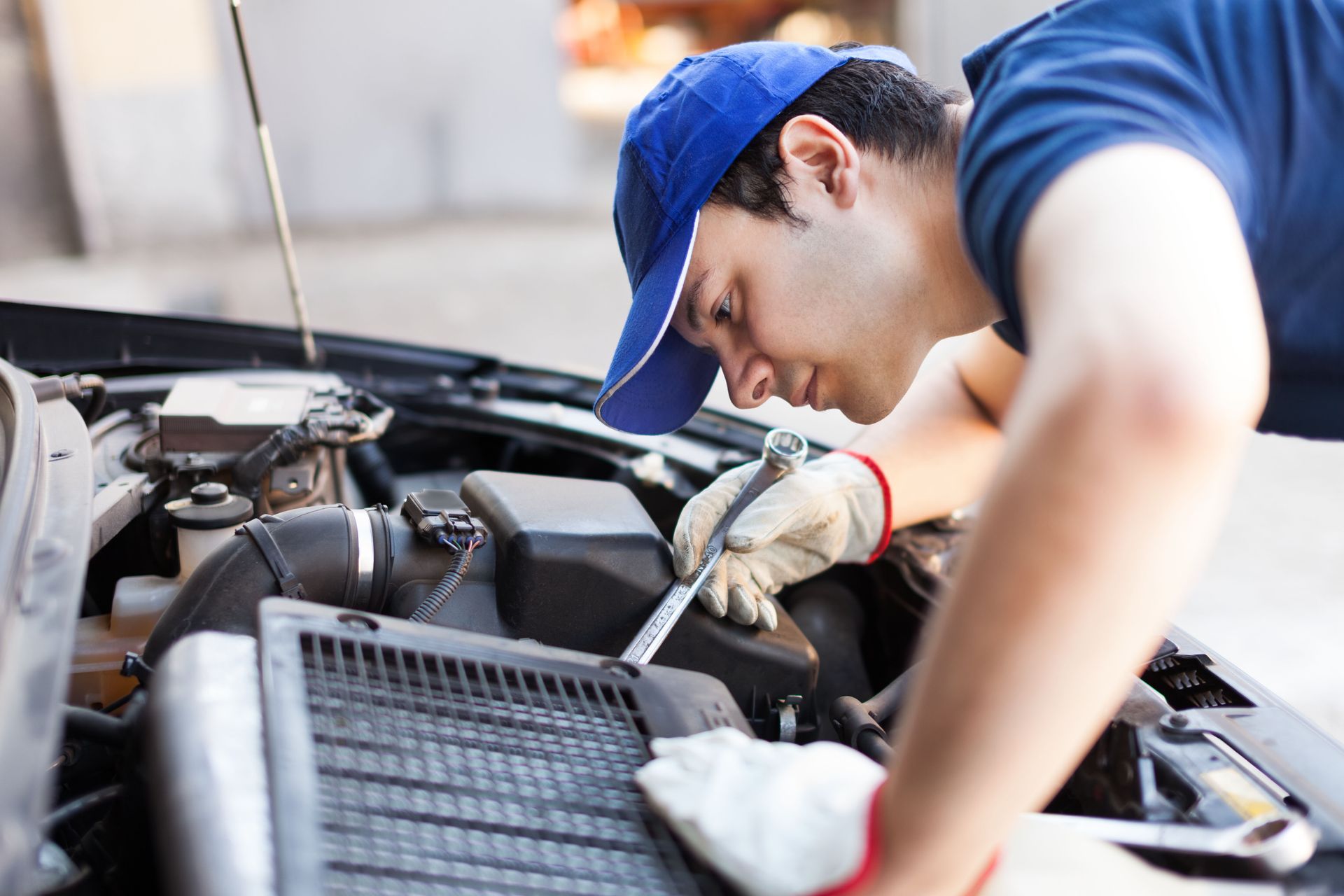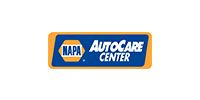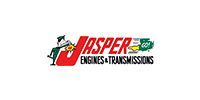November 26, 2025
Maintaining a vehicle requires understanding common auto repairs and knowing how to perform them effectively. Proactive care can extend a vehicle’s lifespan, minimize repair costs, and enhance safety on the road. Routine maintenance tasks such as oil changes, brake pad replacements, and battery checks can prevent major mechanical failures while keeping your vehicle running smoothly. Recognizing the signs of wear, understanding the tools involved, and following proper procedures empower car owners to make informed decisions. With regular attention to these essentials, drivers can avoid hazardous situations, reduce unexpected breakdowns, and maintain the overall health of their vehicles. Understanding common auto repairs is not only practical but also a key component of responsible vehicle ownership.
Oil Changes
Regular oil changes are fundamental to engine health and vehicle longevity. Engine oil lubricates moving parts, reduces friction, dissipates heat, and keeps internal components clean. Over time, oil collects dirt, debris, and metal particles, which can reduce engine efficiency and lead to costly repairs. Skipping oil changes can result in engine overheating, poor fuel efficiency, and premature wear.
To perform an oil change effectively, gather the necessary tools: the correct oil filter, proper engine oil type, wrench set, oil catch pan, funnel, and a car jack with stands. Begin by ensuring the engine is cool and the car is on a flat surface. Lift the vehicle, drain the old oil, replace the oil filter, and refill with new oil, checking levels with a dipstick. Choosing the correct type of oil—conventional, synthetic, synthetic blend, or high-mileage—also matters, as each offer different benefits depending on engine type and driving conditions.
Environmental disposal is another consideration. Used oil should be recycled at authorized collection centers to prevent environmental harm. Car owners should also monitor signs like dark, dirty oil, engine ticking noises, or the oil change light on the dashboard. By keeping up with regular oil maintenance, drivers address one of the most common auto repairs that directly affect engine performance and longevity.
Brake Pad Replacements
Brake pads are a critical component of a vehicle’s braking system, creating friction that stops the car. Worn brake pads increase stopping distances, posing safety risks to the driver and others on the road. Common indicators of worn pads include squealing or screeching noises, spongy brake pedal feel, vibrations while braking, or uneven stopping performance. Ignoring these signs can lead to rotor damage and more expensive repairs.
Replacing brake pads requires tools such as a lug wrench, brake pad set, socket set, and a c-clamp or brake piston tool. Safety gloves and eye protection are essential. Lift the vehicle securely with a jack and stands, remove the wheel, detach the caliper, and replace the worn pads. Use the C-clamp to retract the caliper piston, then reassemble all components.
Driving habits and environmental conditions influence pad wear. Aggressive driving, frequent city stops, or hilly terrain can shorten pad life, while smooth highway driving may extend it. Routine inspections, cleaning braking components, and proper driving techniques prolong brake pad life and reduce the frequency of this common auto repair. Maintaining effective brakes is essential for safety and contributes to a vehicle’s overall reliability.
Battery Replacements
A car battery powers the engine start and all electrical systems. On average, batteries last three to five years, but lifespan varies depending on climate, driving patterns, and maintenance. Weak batteries can lead to slow engine cranking, dim headlights, dashboard warning lights, and unreliable operation of power windows or locks. Addressing these symptoms promptly prevents being stranded due to a dead battery.
Tools for battery replacement include a wrench or socket set, battery cleaning solution, gloves, and eye protection. To replace a battery, disconnect the negative terminal first, then the positive. Remove hold-down hardware, lift the battery out, and install the new one in the correct orientation. Reconnect terminals, positive first, then negative. Applying terminal protectors can prevent future corrosion and extend battery life.
Seasonal maintenance is also critical. Cold weather can reduce battery capacity, while hot climates accelerate fluid evaporation and wear. Checking battery voltage regularly, keeping terminals clean, and testing the charging system are preventative measures that reduce the likelihood of failure. Battery replacement is one of the most important auto repairs for maintaining vehicle reliability and avoiding inconvenient breakdowns.
Tire Replacement and Rotations
Tires play a crucial role in safety, performance, and fuel efficiency. According to NHTSA, speeding, impaired driving, and distracted driving are the leading causes of fatal crashes in the U.S. Outside of that, tire-related mishaps are a close runner-up in deadly crashes, making them a crucial area to keep maintained. Signs that tires need replacement include worn tread, sidewall cracks, bulges, frequent air pressure loss, vibrations, or unusual noises while driving.
Tire rotation helps promote even wear, extending the life of your tires. Most manufacturers recommend rotating tires every 5,000 to 7,000 miles. Proper rotation, along with regular alignment checks, improves traction, fuel efficiency, and vehicle handling. Necessary tools for tire maintenance include a car jack, jack stands, lug wrenches, and a torque wrench for correctly tightening lug nuts.
DIY tire replacement involves loosening lug nuts, lifting the vehicle, swapping or rotating tires according to the recommended pattern, and tightening the nuts to specification. Drivers should always follow safety precautions during these procedures. Maintaining tire health through rotation, replacement, and alignment checks is a vital aspect of auto repairs that directly impacts safety and driving performance.
Spark Plug Replacements
Spark plugs ignite the air-fuel mixture in internal combustion engines. Properly functioning plugs ensure efficient combustion, optimal fuel economy, and smooth engine operation. Faulty spark plugs can cause engine misfires, reduced power, increased fuel consumption, rough idling, or difficulty starting the engine.
Replacing spark plugs requires a spark plug socket, ratchet, extension bar, torque wrench, and dielectric grease. Remove the ignition coil or spark plug boot, unscrew old plugs, and inspect for wear or deposits. Install new plugs by hand, then tighten with a torque wrench to manufacturer specifications, and reattach the ignition components.
Regular inspection and maintenance are important. Checking spark plug gaps, monitoring for unusual wear, and using high-quality fuel contribute to performance and longevity. Spark plug replacement is one of the most common auto repairs that significantly impacts engine efficiency and reliability. Properly maintained plugs prevent misfires and help drivers maintain consistent fuel economy.
Engine Air Filter Replacements
Engine air filters prevent dust, dirt, and debris from entering the combustion chamber, ensuring optimal airflow and fuel combustion. A clogged or dirty filter reduces performance, decreases fuel efficiency, and can increase engine wear. Common signs include sluggish acceleration, unusual engine sounds, and decreased miles per gallon.
Replacing an air filter is straightforward, usually requiring a screwdriver or socket set. Open the filter housing, remove the old filter, clean the housing with a cloth or compressed air, insert the new filter, and re-secure the cover. Regular inspection, cleaning, and timely replacement maintain airflow and support efficient engine operation.
There are different types of filters, including standard paper, high-performance cotton, and foam filters. Choosing the correct type based on driving conditions—dusty roads, urban pollution, or high-performance engines—can further protect the vehicle. Air filter maintenance is an easy yet crucial auto repair task that keeps engines running efficiently and prolongs their lifespan.
Proper maintenance of oil, brakes, batteries, tires, spark plugs, and air filters ensures reliable performance, safety, and longevity for any vehicle. Understanding these common auto repairs allows drivers to recognize signs of wear, perform essential maintenance, or seek professional assistance when needed. Proactive care prevents costly breakdowns, improves efficiency, and enhances safety on the road. For dependable auto repairs and expert vehicle service, trust Menke's Auto Repair to keep your car running smoothly and safely.








